** Books mentioned have Amazon affiliate links, meaning I make a few cents if you purchase through my link. I only recommend books that I’ve read.
Recently, I read a fascinating book by Matthew Syed, called Bounce: Mozart, Federer, Picasso, Beckham, and the Science of Success (unless otherwise stated, all quotes below are from the book). Syed was a top-ranked table tennis player and is now a journalist. Using performance psychology and cognitive neuroscience, he studied some of the most successful sports figures, artists, and musicians to determine that purposeful practice (and other factors such as access to training, good teachers, etc.) are more important than talent in explaining their success.
In other words, it takes more than the time put in (10,000 hours, for example). It’s the quality of that time and what we learn from it that matters most.
“The application of purposeful practice can enable countless individuals to realize untapped potential. Everyone has the capacity for excellence with the right opportunities and training.”
How can we bring purposeful practice to photography?
I believe that, through specific purposeful practices, we can improve our photographic skills, discover our vision, and gain even greater satisfaction from our photography.
1. Take more time before clicking the shutter.
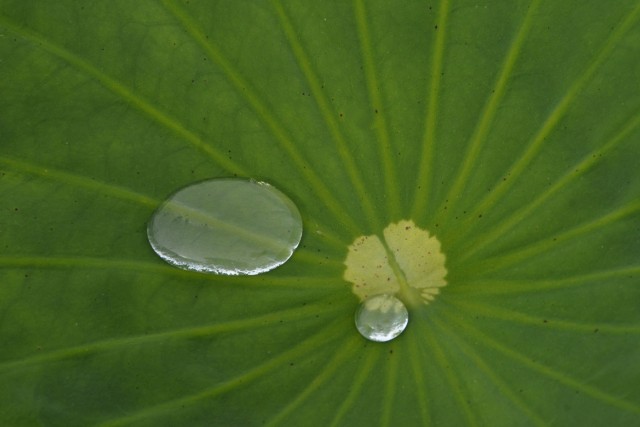
“Mere experience, if it is not matched by deep concentration, does not translate into excellence.”
The shutter on our camera makes it way too easy to lift and click, without really thinking about what we’re photographing. If we spend more time looking, noticing, and seeing before clicking, we’ll not only see more deeply, our photographs will better reflect what we see. Patricia Turner calls this visual listening.
This is not as easy as it sounds. Being too quick to click is a habit that is hard to break. It’s something I constantly struggle with. This post on Medium – How to Pay Attention – has some wonderful applications for photography.
2. Reflect on what you see.
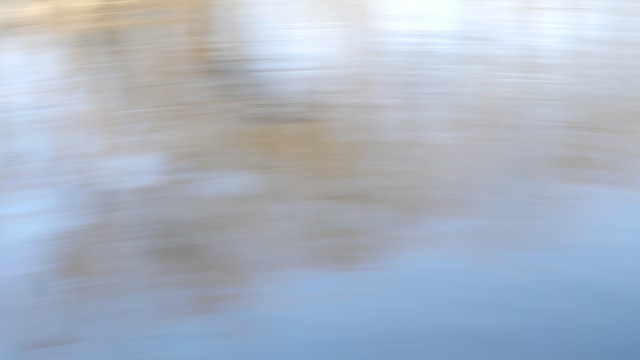
Moving Reflections
Neither length of time photographing, number of pictures taken, or gear will necessarily make us better photographers. Rather, the best photographers – the ones that create images that make us feel something – are self-aware. They notice what draws their attention, reflect on what they see, and ask why. They identify the story or the concept or the emotion behind the image. This can be done immediately before (preferably) or afterwards.
3. Write about your photographs.
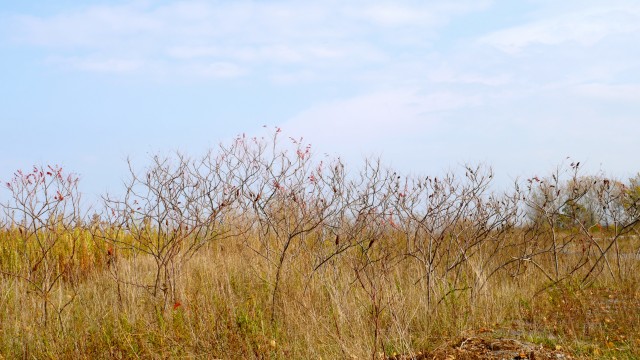
Celebrate – Dance – Reach – Bend – Hope
Taking the reflection one step further, spend some time writing about an image – it’s qualities, emotional impact, the story behind it. Notice the visual elements and how they contribute to the effectiveness of the image. What works and what doesn’t? Choose a title that doesn’t just say what it is, but the meaning behind it. This year for every image I post, I’m going to write in the image description five qualities that stand out for me.
4. Examine your body of work to uncover themes and patterns.
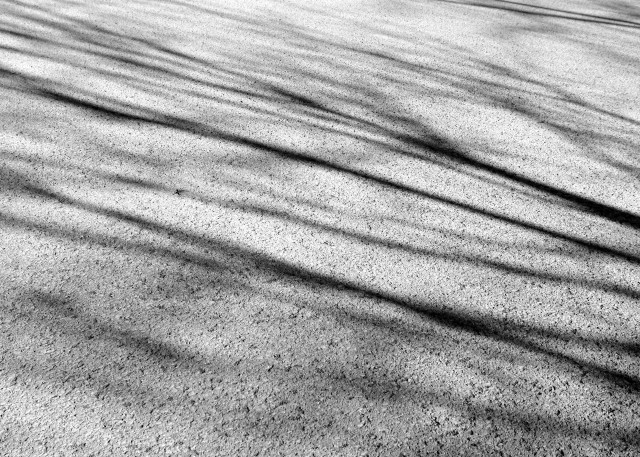
Yin and Yang
We all see differently. We all bring our knowledge, expertise, experiences and feelings to our photographs. This was the premise of the fabulous book, On Looking, where the author Alexandra Horowitz went on walks with experts in different areas, and they all saw differently, according to their expertise.
“Knowledge is embedded in perception.”
Matthew Syed says that “perception is what happens when our knowledge and physical vision intersect.” Examining our body of work for themes and patterns will help us to identify our unique vision.
Photographer John Kosmopoulos says that we develop our photographic vision through the combination of physical vision and psychological vision (metaphorical, symbolic, autobiographical).
“What and how we take a photograph becomes secondary to why we choose to make a photograph the way we do. If we answer the why, we understand the psychology behind the photo much better.” ~ John Kosmopoulos
We can get to know the why by identifying how our past experiences influence what we see, as well as the underlying (and possibly unconscious) metaphors and symbols. This is the premise behind the new visual journaling workshop coming up in March.
5. Always be learning something new.
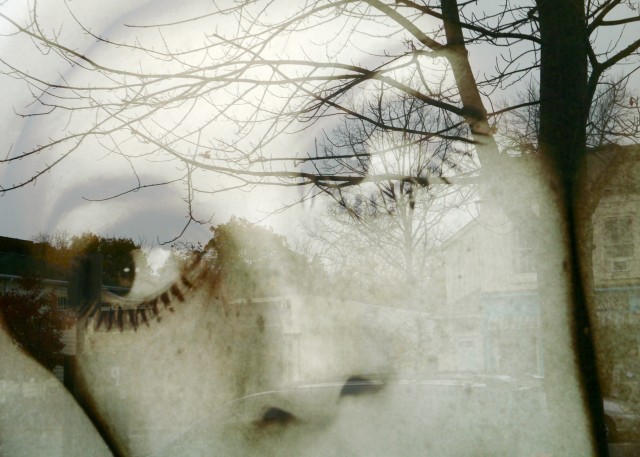
Store Window Reflection – The Eyes Have It
“Purposeful practice is about striving for what is just out of reach and not quite making it. Excellence is about stepping outside the comfort zone, training with a spirit of endeavour, and accepting the inevitability of trials and tribulations. Progress is built, in effect, upon the foundation of necessary failure.”
This is true feedback. With photography, as with most worthwhile endeavours, we’re never quite there. There is always more to learn. Trying anything new, like street photography for example or photographing in your own backyard, or experimenting with a new setting on our camera, pushes us out of our comfort zone, and leads to more creative responses. Failures and difficulties are seen as part of the growth process.
A new subject matter – store window reflections – captivated me last year and still does. It requires an entirely new way of seeing and is not easy to create effective images. It’s a project in process for me.
6. Surround yourself with inspiring colleagues.
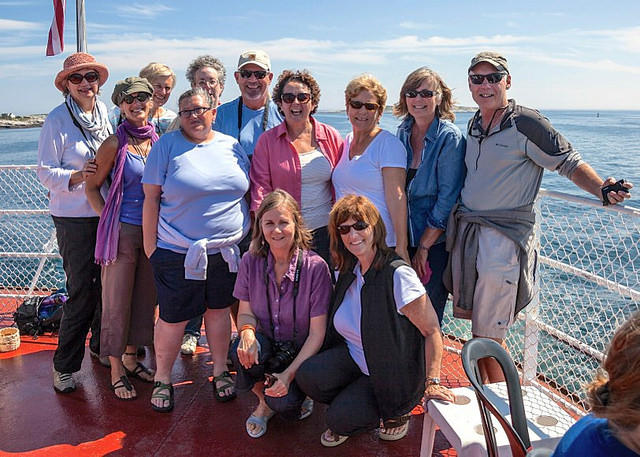
Star Island Crew
Take a class or workshop (in-person or online) that has a community aspect. Join a photography club or online forum. Read articles by photographers you admire. I’m betting that most of you reading this already have this one down. Surrounding ourselves with people who inspire and materials to help us learn will keep us moving forward.
Where do you most need to incorporate purposeful practice in your photography this year?
I love the idea of untapped potential waiting to reveal itself through purposeful practice!
Wonderful images to illustrate your points, Kim. I’m really looking forward to the Visual Journaling Workshop in March in which I would like to take part!
Lovely to see your Star Island crew!
I’m looking forward to the workshop too, Sandra. I think we’ll all realize some untapped potential.
My husband loves writing, when is this March workshop? Are there ongoing activities?
Heather, you can find out more about this workshop here – http://www.365daysofinspiration.com/blog/join-me-at-online-workshop-or-inperson-retreat/visual-journaling/
Thank you. Just realized this was more towards photography than writing.
I have sat for a moment reading your blog and know that I have given myself a gift. One that requires I give it away. How do I know that? Because I feel my heart fuller
Well, that just makes my day, Pat. I’m wondering how you will give it away.
So much here! Thank you! Oh…how I feel so sad when I see your photos from Star Island and knowing I was so close! I keep telling myself it all happens for a reason, ha! That last photo…the window reflection…is amazing. The tree limbs and the eyelashes…oh my. So much feeling in this capture! Beautiful Kim! I play with window reflections in NYC and you’re right…it takes practice and a good eye. I know I sound like a repeat record…but thank you so much for sharing the knowledge and wisdoms that you come across as well as your own. Love it all!
I adore the shop front image, I love to have a ‘filling my creative well’ day, camera in hand perusing shop window reflections for that other-worldly experience! Thank you for the reminder of my long held passion – must schedule one.
I absolutely loved this post. Purposeful practice is what I want to be doing this year — and I am doing many of the suggestions above. What I need to do more? Write about my photographs. I hope to take your course on that too — as long as I have Internet available where I am at that point. And I would surely love to do more of 6. by taking one of your in-person workshops! Gotta figure out how to make that happen!